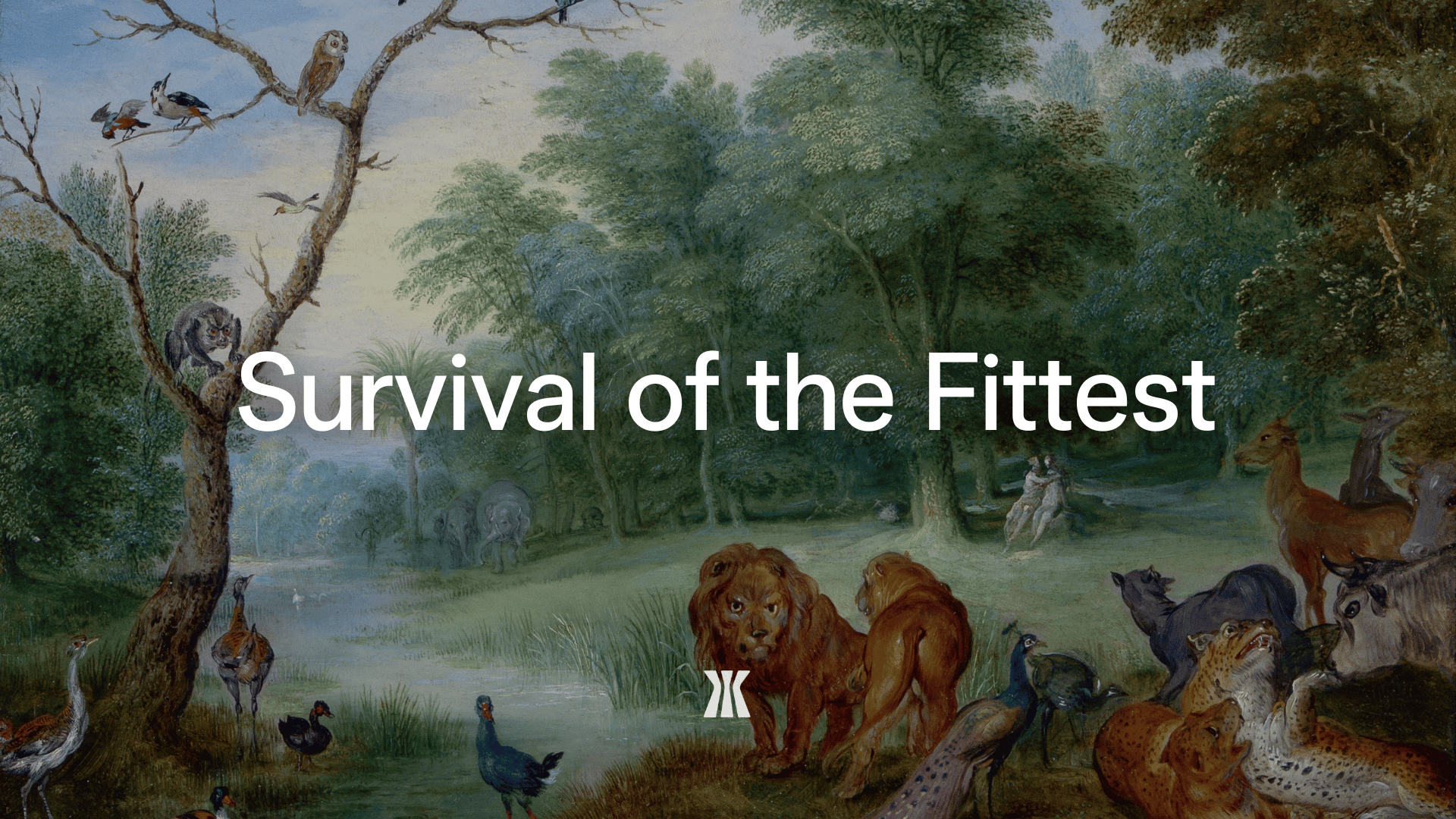There is so much we don’t know about space: No-one has ever come back from a black hole to tell humanity about what’s on the other side. Are there billions or trillions of galaxies? Will we ever find alien life? What is there beyond the observable universe? Do parallel universes exist? It takes 8 minutes for light to reach the Earth, so is our now technically in the past?
From sunset to sunrise, we’ve always been able to watch the moon and stars travel through the sky, over and over again. But at the beginning of the 19th century, photography democratised our visualisation of space, stimulating the imagination of the general public and artists alike. Space became a source of inspiration in all art forms: photography, painting, literature, cinematography, and art.
Stargazing: Scientific accuracy and artistic expression
In March 1840 on the roof of the New York University, American scientist John William Draper was the first to create a daguerreotype of the moon — the first successful photographic technique, employing an iodine-sensitized silvered plate and mercury vapour to record a highly detailed image.
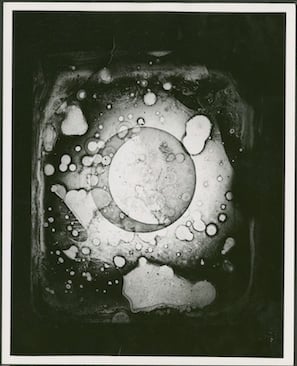
French artist and astronomer Lucien Rudaux was the pioneer of what we now know as Space Art. In 1892, he joined the French Astronomy Society and from then on, devoted his work to depicting the stars. The painter became an amateur astronomer and was recruited by the Palais de la Découverte in Paris to develop the very first department of astronomy. Through figurative art, he illustrated both existing stars and imaginary celestial landscapes — after all, no-one could verify his accuracy — and enabled neophytes to visualize the cosmos, still physically inaccessible to mankind in the early 1900s.
Lucien Rudaux’s role in the depiction of astronomy and its concepts was a precursor for what would come next, and how artists would work hand-in-hand with scientists later down the line.
Illustrating the unknown
Fast forward to the 20th century: While Lucien Rudaux was Space art’s grandfather, Chelsey Bonestell is widely known as the movement’s father. The American architect, who contributed to the elaboration of the Chrysler Building’s facade, then turned to special effects and Hollywood for movies such as The Hunchback of Notre Dame (1939) and Citizen Kane (1941), Destination Moon (1950), and many more.
But, Bonestell had always been passionate about astronomy. Finding inspiration in Lucien Rudaux’s work and deciding to use his skills to create Space Art, he combined miniature clay figurines, photographic tricks and painting techniques to create surprisingly realistic pieces of art. Think about it: No-one had even walked on the Moon yet and he was painting Saturn seen from its moons in 1944. In the early 50s, he collaborated with space engineer Wernher von Braun to illustrate the Man will conquer space soon articles series for Collier’s Magazine.
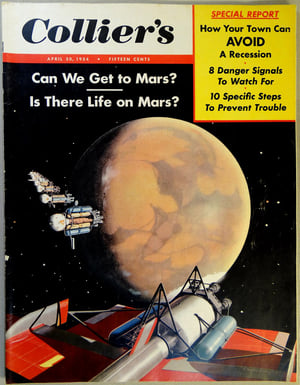
In the 60s, Luděk Pešek, Swiss artist, made a name for himself throughout Europe with his representations of the moon and the solar system. He was then solicited by National Geographic to depict Mars, leading him to imagine domes for many planetariums and become known all over the world.
David Hardy, the longest-established living space artist, first published in 1952, is currently the European vice president of the International Association of Astronomical Artists (IAAA). The non-profit’s 120 members from over 20 countries promote education about space art, represent cosmos landscapes that we cannot yet observe, and foster international cooperation in artistic work. These artists are often called upon by international space agencies to illustrate their satellites and rovers for the larger public.
The Web3 Space
From the vagueness and ignorance that we experience in the face of space, we can imagine all sorts of things. That's precisely what makes the shapes of the unknown so fascinating: We love mystery. In fact, since the end of the 19th century, the biggest accomplishment of Space Art is probably to have stimulated the imagination of so many people. To this day, space art continues to inspire around the world. Elon Musk’s Tesla Roadster was likened by The Verge to ready-made art, like that of Marcel Duchamp, one of the three artists who helped define revolutionary developments in visual arts at the beginning of the 20th century. Is the Tesla Roadster art? I’ll leave that to you.
In early 2023, Gamma organised the Moonbound quest, where two dozen 1/1 pieces were created by web3 artists, representing how Bitcoin would make it to the moon, each in their own way and at about the same time, aliens once again took on friendly faces with the Guests collection. Months later, with no prompt to do so, for his “Moon Penetration Test” Print, Weasly Grizzly chose to represent how Bitcoin would make it beyond the moon.
As the range of space missions increases, artworks will not only be sent to space, but be built there too. Teams of artists, scientists and engineers will be formed, and art will continue to play a crucial role in the exploration of space. Web3 won’t be left out: Lunar Crush will soon be sending Bitcoin to the moon, and I for one, am excited to see NFTs adorn spaceships in the future.
To conclude, a quote from Weasly Grizzly:
Moon is not a destination, wen infinity awaits!
Cover image: Moonbound by Longstreet
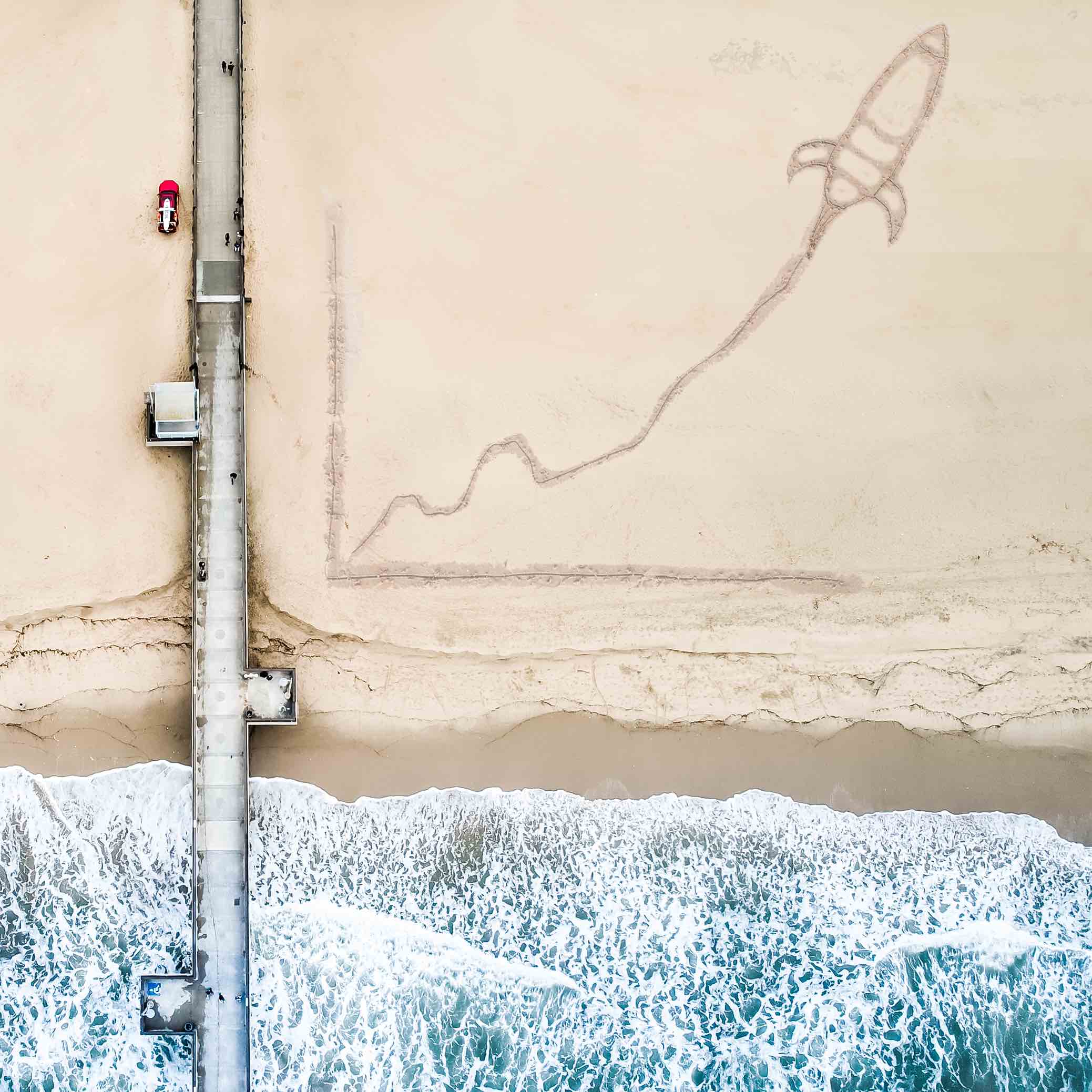

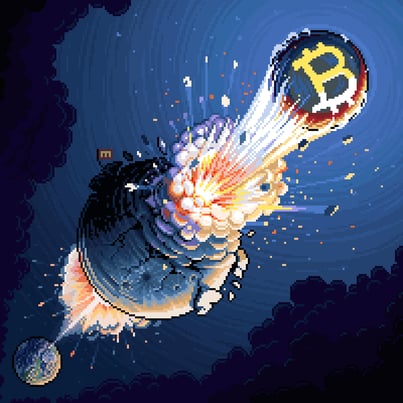
.jpg)
